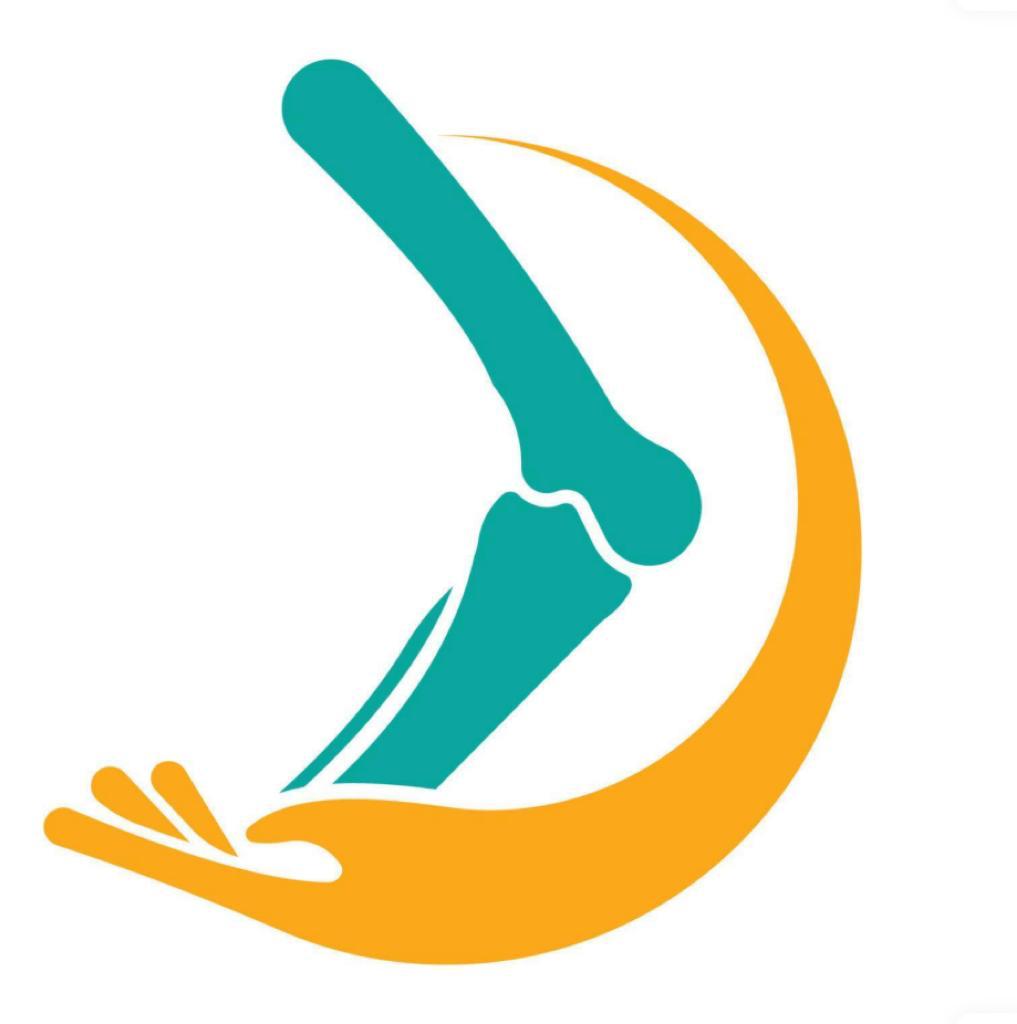+918048035864

This is your website preview.
Currently it only shows your basic business info. Start adding relevant business details such as description, images and products or services to gain your customers attention by using Boost 360 android app / iOS App / web portal.
Description
Knee Arthroscopy: Indications: Knee arthroscopy is used to diagnose and treat a variety of knee conditions, including torn ligaments (e.g., anterior cruciate ligament or ACL), meniscus tears, cartilage damage, synovitis, and loose bodies within the joint. Procedure: The surgeon makes small incisions around the knee and inserts the arthroscope to examine the joint. Additional incisions may be made to introduce surgical instruments for repairs or removal of damaged tissue. The surgeon can repair ligaments, trim or repair meniscus tears, remove loose fragments, and address other issues during the procedure. Recovery: Recovery time varies depending on the specific procedure, but knee arthroscopy is generally less invasive than open surgery. Patients typically experience less pain, shorter hospital stays (if any), and faster recovery times. Shoulder Arthroscopy: Indications: Shoulder arthroscopy is used to diagnose and treat various shoulder joint conditions, including rotator cuff tears, labral tears, impingement syndrome, bursitis, and osteoarthritis. Procedure: Small incisions are made around the shoulder, and the arthroscope is inserted to visualize the joint. Surgical instruments can be used to repair or remove damaged tissue, such as repairing torn tendons or removing bone spurs that cause impingement. This procedure is commonly used for rotator cuff repair. Recovery: Recovery from shoulder arthroscopy depends on the specific procedure and the patient's condition. Generally, patients experience less pain and quicker recovery compared to traditional open shoulder surgery. Both knee and shoulder arthroscopy offer several benefits, including less scarring, reduced post-operative pain, and faster rehabilitation. However, the success of the surgery and recovery outcomes depend on the patient's individual condition, the expertise of the surgeon, and the adherence to post-operative rehabilitation protocols.

 +918048035864
+918048035864